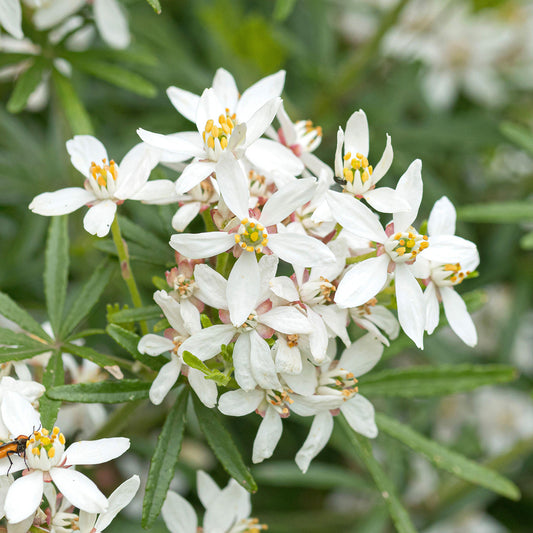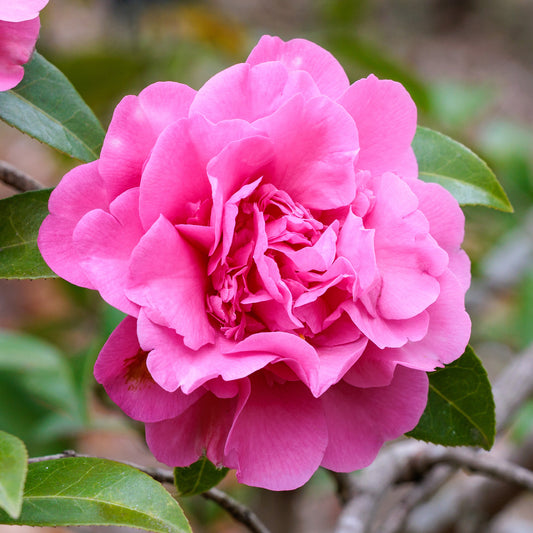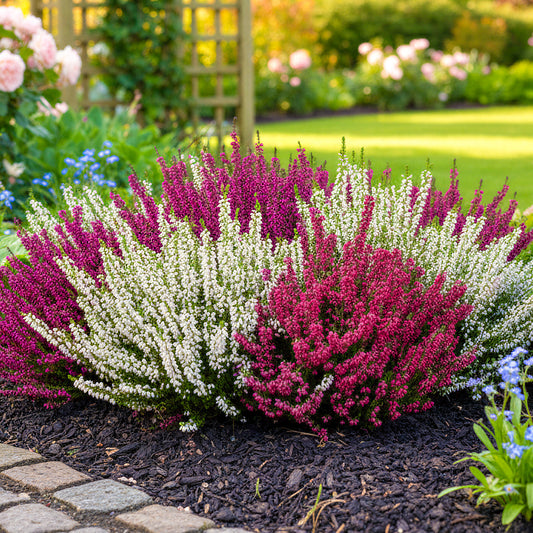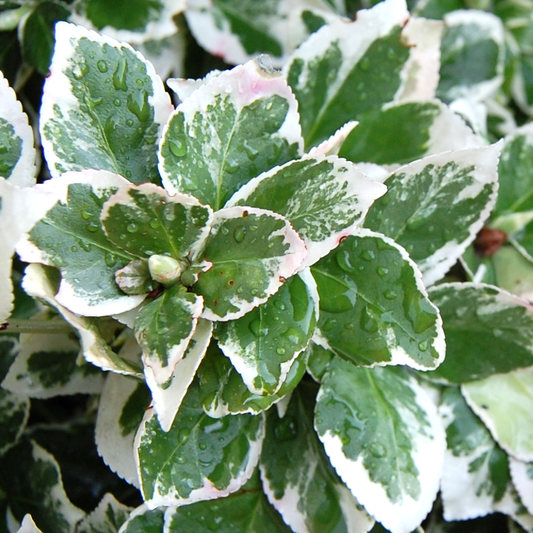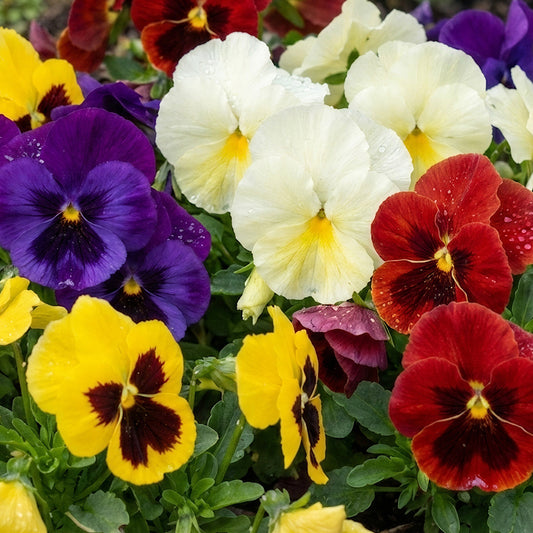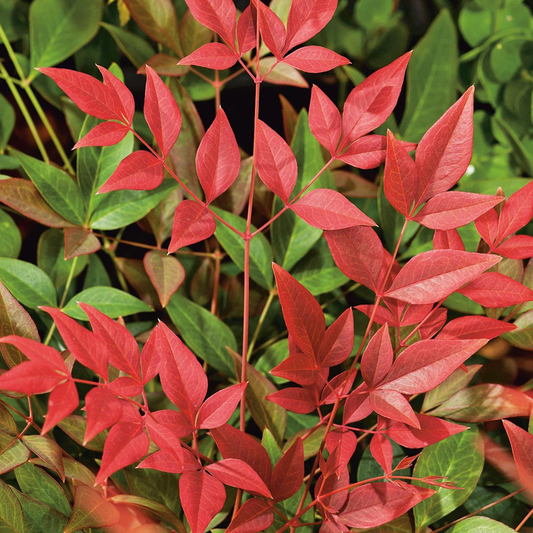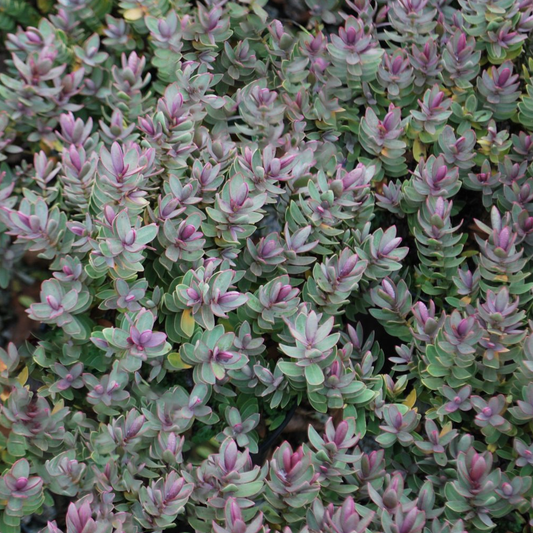Product description
Better known as Foxglove, Digitalis is a classic summer-flowering perennial plant, and it’s easy to see why! This Dalmatian Rose variety is a striking example with its spires of attractive pastel pink-purple bell-shaped flowers. Tinged white and flecked inside, these blooms are a magnet for bees, butterflies and other welcome pollinators, turning your garden into a hive of activity.
Foxgloves are well-suited to growing in beds, borders, and pots, flowering from May to July. The flower spikes shoot up from a basal rosette of hairy lush green foliage that is semi-evergreen, providing colour and texture interest all year-round.
Dalmatian Rose is a hardy Foxglove that is low maintenance and easy to grow. It prefers a spot in full sun or partial shade and thrives in almost any moist soil, except those that are particularly dry or overly waterlogged. Water regularly until established, after which Foxgloves are relatively drought resistant. As the flowers fade, deadhead the spent blooms to prevent self-seeding and keep the plant looking its best.
Please Note: Images are for illustrative purposes only and designed to be a representation of the item(s) being sold. Depending on seasonality, deciduous plants may be supplied in their dormant state and without leaves. This plant will be supplied in a growers pot. Plants may also be pruned back, lower than stated heights, to encourage new growth.
Garden Plant Size Guide

Plants in larger pots can be multiple years older than their smaller counterparts with more mature root systems and foliage. This makes them able to thrive as a full size plant in your garden quicker than smaller alternatives.
The most common size of pot that garden plants come in are 9cm/1L/3L/5L this is in reference to the diameter at the top of the pot.
9cm potted plants still remain the most popular cost effective option though, they just may take a little patience to allow them to grow into full maturity once planted in your garden.
Plant specs, care guide & tips
Key features
Specifications
When to plant
| Jan | Feb | Mar | Apr | May | Jun | Jul | Aug | Sep | Oct | Nov | Dec |
|---|---|---|---|---|---|---|---|---|---|---|---|
Planting and period of interest times are general guidelines and may vary based on your location and conditions. For best results, consult local gardening resources.
Instructions
Top Tip
Digitalis prefers slightly acidic soil and benefits from a layer of mulch to retain moisture and keep roots cool.
How to Water
Water Digitalis regularly, keeping the soil moist but not waterlogged. Ensure good drainage to prevent root rot. Water deeply at the base of the plant to encourage deep root growth.
How to Plant
Plant Digitalis in well-drained, fertile soil in a location with partial to full sun. Space them about 30cm apart. Dig a hole slightly larger than the root ball, place the plant in, and backfill with soil, firming gently around the base.










